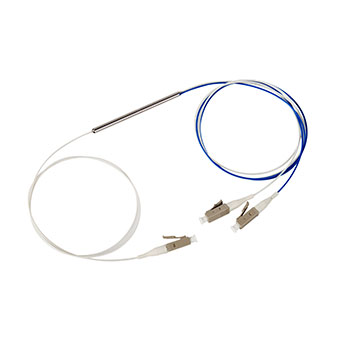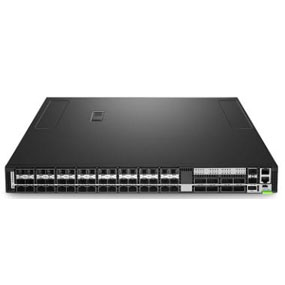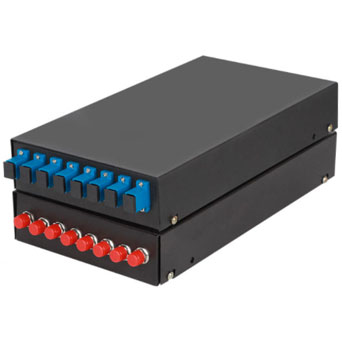What is a ST Attenuator ?
An attenuator is an electronic component that provides attenuation and is widely used in electronic devices. Its main purposes are:
to adjust the signal size in a circuit;
to directly read the attenuation value of the measured network in a comparative measurement circuit;
to improve impedance matching. If a certain circuit requires a relatively stable load impedance, an attenuator can be inserted between this circuit and the actual load impedance to buffer impedance changes.
What is the Principle of a ST Attenuator ?
An attenuator is a circuit that introduces a predetermined attenuation within a specified frequency range. The attenuation introduced is generally expressed in terms of decibels and the characteristic impedance in ohms. Attenuators are widely used in cable television systems to meet the level requirements of multiple ports, such as controlling the input and output levels of amplifiers, and controlling the branch attenuation. There are two types of attenuators: passive attenuators and active attenuators. Active attenuators, when combined with other thermally sensitive components, can form a variable attenuator that is installed in amplifiers for automatic gain or slope control circuits. Passive attenuators include fixed attenuators and adjustable attenuators.
What is the Function of a ST Attenuator ?
Attenuators can be either passive or active. Active attenuators, when combined with other thermally sensitive components, can form a variable attenuator that is installed in amplifiers for automatic gain or slope control circuits. Passive attenuators include fixed attenuators and adjustable attenuators. Attenuators are widely used in electronic devices, and their main purposes are:
to adjust the signal size in a circuit;
to directly read the attenuation value of the measured network in a comparative measurement circuit;
to improve impedance matching. If a certain circuit requires a relatively stable load impedance, an attenuator can be inserted between this circuit and the actual load impedance to buffer impedance changes.
Commonly used fixed attenuators include L-type, T-type, bridge T-type, and π-type attenuators. The L-type attenuator is an asymmetric attenuator mainly used for impedance matching, while the T-type, bridge T-type, and π-type attenuators are symmetric attenuators mainly used for attenuation. For high-frequency small signals, passive attenuation networks using π-type or T-type networks are more suitable, and therefore π-type networks are preferred for attenuation.

 EN
EN



